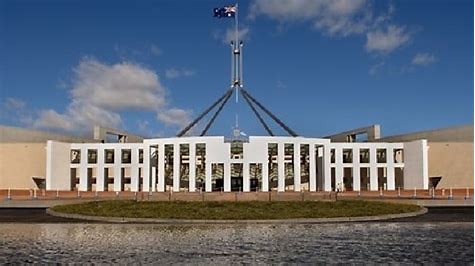
The Australian Federal Government has created a National Data Advisory Council in order to manage data better and to drive innovation and economic growth.
The advisory council was created based on a recommendation of the Productivity Commission’s 2017 review of Australia’s data sharing and release arrangements. It also recommended a new Data Sharing and Release Act to replace the complex web of rules and regulations that have restricted data sharing between government agencies.
Advisory Board to focus on ethical data usage and data best practice
“Work on this legislation is already well advanced and will enshrine the principles of privacy and security, while also ensuring that Australia can continue to capitalise on the enormous benefits that data can deliver when used correctly,” said Minister for human services and digital transformation Michael Keenan.
The purpose of the council is to guide the Office of the National Data Commissioner on ethical data usage, and technical best practice. This follows the Government’s plan to develop a new framework for sharing and managing public sector data announced last year in July.
“Data held by Government is a hugely valuable national resource that, when used correctly, can drive innovation and economic growth, help to better inform public policy, and deliver breakthroughs for researchers and scientists,” Minister Keenan said.
Advisory council representative of all Australia
There are nine representatives in the council, including are associate professor Nicholas Biddle whose research includes examining how to deliver economic and social benefits to Australia’s Indigenous population. Ellen Broad, an independent consultant in open data, data sharing and artificial intelligence ethics.
Paul McCarney, the co-founder of Data Governance Australia with more than 20 years of experience in data, technology and digital business. Joshua Meltzer, a senior fellow at the Brookings Institution in Washington DC who has examined the significance of the internet and cross-border data flows for international trade.
Also in the council is Lauren Solomon, CEO of the Consumer Policy Research Centre, an independent, non‑profit, consumer research organisation; and professor Fiona Stanley, 2003 Australian of the Year and research professor of paediatrics and child health at the University of Western Australia.
The Government members of the council are Australian Privacy Commissioner Angelene Falk, Australia’s Chief Scientist, Alan Finkel, and Australian Statistician David Kalisch.
“But maintaining public trust is crucial in order to unlock the full potential that our data holds. That is why I’m pleased to have a council advising us that represents the full range of community views, including those of civil society advocates, researchers and industry” Minister Kennan added.




















